Bethel was founded more than 150 years ago. What began as a small "institution for epileptic boys" is now a large diaconal organisation with over 24.000 employees in eight federal states. Our richly illustrated timeline takes us on a journey through Bethel's eventful history.
Bethel - Timeline
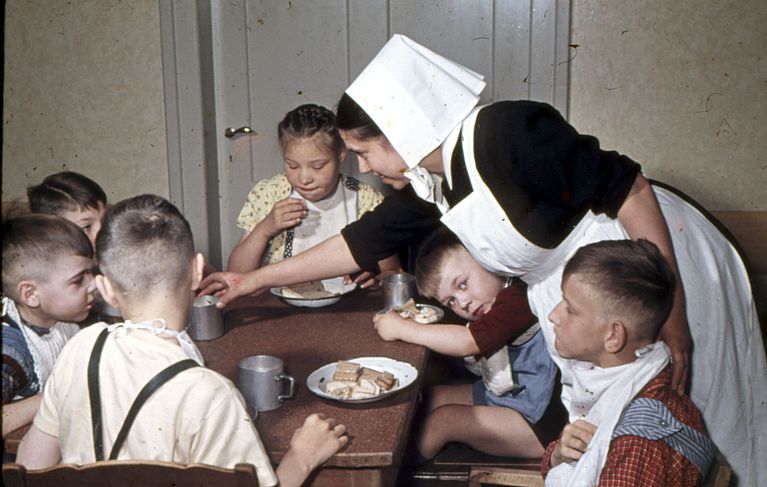
1867
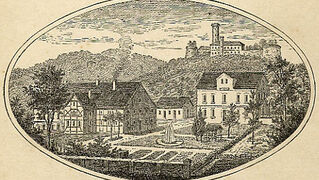
On October 14th, three boys with epilepsy move into a small care home on the outskirts of Bielefeld. The new institution for people with epilepsy was founded by the Inner Mission Westphalia and Rhineland (forerunner of today's diaconia), supported by citizens and entrepreneurs from Bielefeld and the surrounding area.
1869

Deaconesses settle in Bielefeld on March 31st to care for the poor and sick. Soon their small house in Kreuzstraße was no longer big enough. In 1874, the up-and-coming Sarepta deaconesshood moves into a modern new building near the Bethel institution, for which it now also provides the female nursing staff.
1872
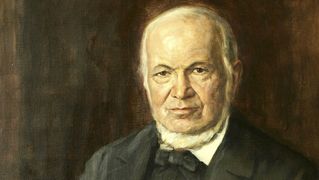
The theologian Friedrich von Bodelschwingh (1831-1910) takes over the management of the institution on January 25th. His predecessor Friedrich Simon opted for a pastorate in Bielefeld. The rapid expansion of the institution begins with Bodelschwingh. New fields of work are added and branches are established.
1874
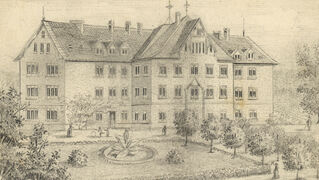
On November 25th, the Board of Directors gives the small institution for epileptics the name "Bethel". A devotional on the story of Jacob at the opening of the new institution building in May 1873 provided the inspiration: "Let us arise and go to Bethel" (Genesis 35:3). Bethel means house of God.
1877
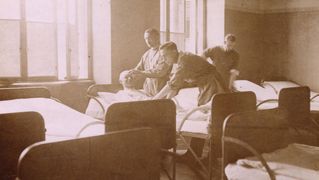
Six male nursing staff join together to form a deaconry on April 30th. They are given the name Nazareth when the house is rebuilt in 1882. Previously, the male carers at Bethel were semi-skilled laymen or came from other deacon institutions.
1882
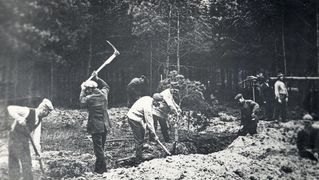
Wilhelmsdorf, the first German workers' colony, is inaugurated in the Senne on August 13th, providing help for unemployed and homeless men. Soon, nursing homes for men with epilepsy and mental illnesses were also established. This branch institution with large farms is called Eckardtsheim from 1899.
1886
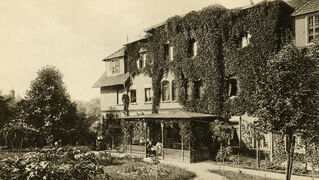
The field of psychiatry began in 1886 with homes for people with "weak minds and nerves". Since then, the Sarepta Deaconess Institution and the Bethel Institution have founded various care homes for women and men with mental illnesses.
1888

The stamp centre has had a constant task since 1888: used stamps from all over the world are collected in Bethel and processed and sold by people with disabilities. In addition to agriculture and home economics, an innovative employment opportunity is created for people with disabilities.
1899
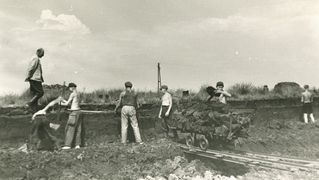
On November 24th, the Bethel branch of Freistatt is founded for unemployed and homeless men and for the welfare education of boys. The 'educational' concept includes the accommodation of young people in rural facilities. Hard labour on the moor and physical violence dominate everyday life in the home.
Around 1900
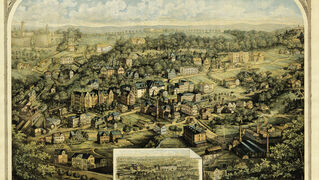
Around 1900, the core areas of work that are still central to Bethel today were created. The epilepsy department has expanded to more than 40 houses with around 1700 places and is in demand throughout Germany. There is help for unemployed and homeless men, mentally ill people, addicts and care for male adolescents. General nursing care has been provided for Bielefeld and the surrounding region since 1874.
1905
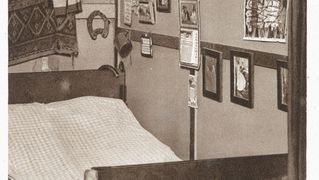
The Hoffnungstal workers' colony near Berlin is inaugurated on November 12th. In contrast to the mass accommodation in Berlin, homeless men can live here in small individual rooms and work on the land. This gives rise to the Hoffnungstaler Foundation Lobetal, another branch of Bethel.
1910

Friedrich von Bodelschwingh dies on April 2nd. His youngest son Friedrich (1877-1946), also known as "Pastor Fritz", is appointed to the management of the institution by the United Boards. He faces difficult times: two world wars and economic crises characterise his years as head of Bethel.
1913
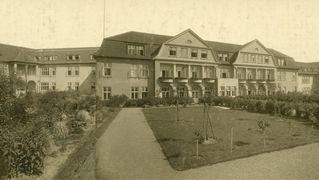
The grand opening of the Gilead General Hospital takes place on October 22nd. This enables the deaconesses to receive more professional training in nursing. Healthcare for the population of Bielefeld and the neighbouring regions is now guaranteed in a new, modern hospital.
1914-1918
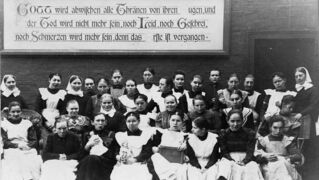
Food and heating materials are in short supply during the First World War. This hit nursing homes particularly hard. Many patients in Bethel are too weak to survive an epileptic seizure, others die of malnutrition or tuberculosis. The mortality rate, otherwise around four per cent, rises to over 16 per cent in 1917.
1921
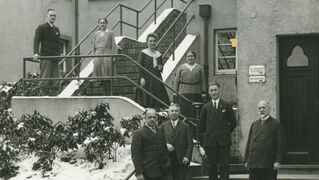
On June 21st the Board of Directors decides on a far-reaching reorganisation of the management and administrative structure. The Bethel Institution, the Westphalian Deaconess Institution Sarepta and the Westphalian Deacon Institution Nazareth now form an institutional association. The name for the entire institution becomes "v. Bodelschwingh institutions Bethel".
Around 1930

Around 1930, Bethel is a modern diaconal institution in the medical, psychiatric and educational fields. The number of care places for people with epilepsy has risen to almost 2.200, and for "mental and nervous patients" to around 550. Higher education has been added. The three branch institutions Eckardtsheim, Freistatt near Diepholz and Lobetal near Berlin have also developed into small independent communities.
1933-1945

In Bethel more than 3.500 people with epilepsy or disabilities are threatened by the National Socialist racial policy. This was particularly true with regard to forced sterilisation and "euthanasia". Jewish patients were particularly at risk. As the war progresses, the living conditions of the people cared for at Bethel deteriorate.
1946
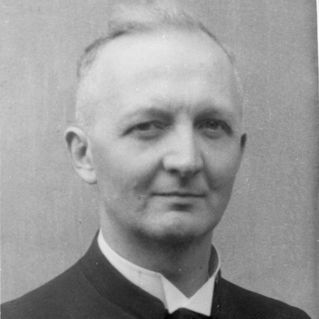
Friedrich von Bodelschwingh the Younger dies on January 4th. Rudolf Hardt (1900-1959) is elected as his successor. During his time in office, the theologian has to devote himself primarily to repairing the damage caused by the war, recruiting staff and building staff accommodation.
1953
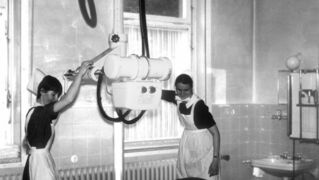
As the number of deaconesses was rapidly declining, the Ravensberg Sisterhood was founded in March. Closely linked to the Sarepta motherhouse, it sees itself as a community of faith and service for Protestant women, but no longer as a community of life. This allows it to adapt to changing lifestyles and working models.
1954

Today's Bethel logo goes back to an original form that was first introduced on July 23rd. Deacon Werner Pöschel (1927-2002), head of the graphic design workshop in Bethel, is considered to be the person who designed the "Bethel cross". It symbolises the work of Christ for Christ: streams flow from the centre of the cross in the four cardinal directions, returning to their source. More about the meaning of the Bethel logo
1956
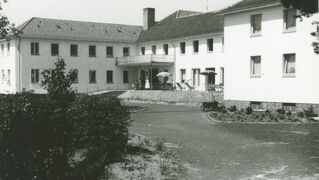
Bethel's care for the elderly began in 1956 with the House Sonneck retirement home. There were small-scale beginnings as early as 1930, and during the Second World War, people from destroyed retirement homes were also taken in at Eckardtsheim. In the post-war period, Bethel provided accommodation for elderly refugees.
1958
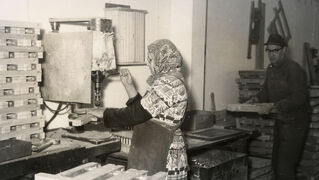
On November 14th, the Beckhofsiedlung in Senne, where displaced persons can live and work, is inaugurated. Soon members of up to 13 nations with different faiths will be living together here. The Beckhofsiedlung attracts a great deal of national and international attention in advance.
1958
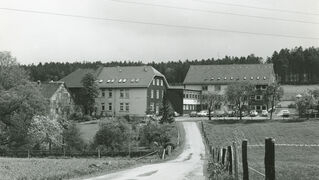
The Homborn estate near Hagen is purchased in the autumn. A workers' colony opens in May 1961 as a contemporary help centre for homeless people. By 1968 an epilepsy centre for men and women is established. Bethel's work in the Ruhr region develops from these beginnings.
1960
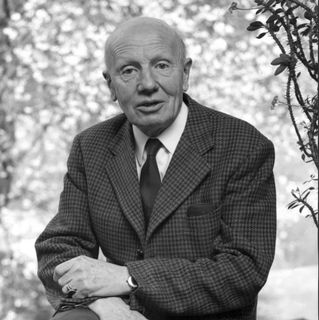
Following the unexpected death of Rudolf Hardt, the director of the institution, Friedrich von Bodelschwingh (1902-1977) is elected as his successor on February 5th. During his term of office, occupational therapy is expanded in the nursing homes. More external staff are employed for care and new forms of therapy.
Around 1960
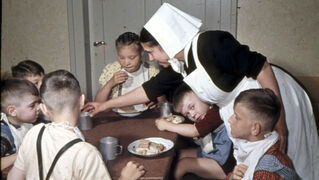
Around 1960 the number of people living in the Bethel Epilepsy Centre for the long term decreases. More and more people can be treated as inpatients at the Mara epilepsy clinic. The number of places for "mental and nervous patients" rises to 800. The rigid institutionalisation system continues to exist in all areas, which many find restrictive and hurtful. A profound change towards more self-determination did not begin until the end of the 1960s.
1961
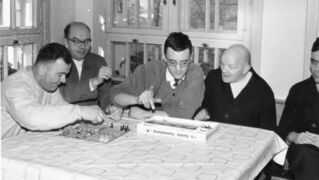
Shortly after the introduction of alternative civilian service in Germany, the first young men arrive at the v. Bodelschwingh Foundation Bethel on April 10th. The number of those doing alternative civilian service soon grows to over 200 a year. They bring new impetus to life and work at Bethel.
1968
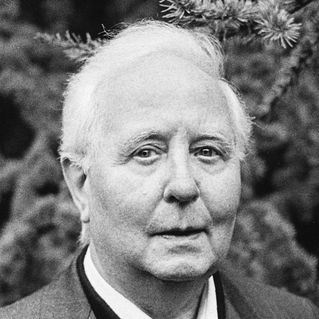
Alex Funke is appointed head of the institution on December 15th. He marks the beginning of decisive changes: more individualised forms of living, the abolition of gender segregation in the care homes and more independence for residents. Hierarchical structures within the staff are loosened.
1971
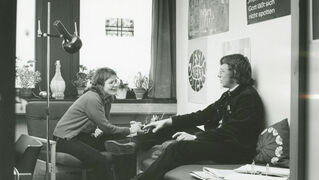
On October 25th, the Nazareth Deacons' Institute decides to train women as deacons in future, as the need for personnel in diaconia is constantly growing. The legal requirements are met so that the first co-educational class can begin teaching in autumn 1972.
1972
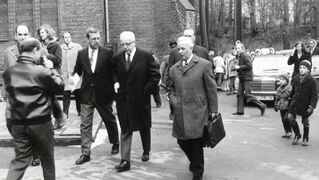
The modernisation processes are associated with a comprehensive reorganisation of the management structure. On October 30th, a new statute will come into force that provides for a joint Administrative Board and Executive Board as the management body for the three foundations Bethel, Sarepta and Nazareth.
1975
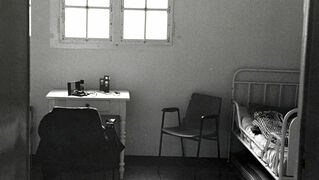
In September, the German Psychiatry Enquiry Commission presents a report on the "State of Psychiatry". The first reforms in Bethel's psychiatry from the early 1970s paved the way for individualised and community-based social psychiatric support services.
1976
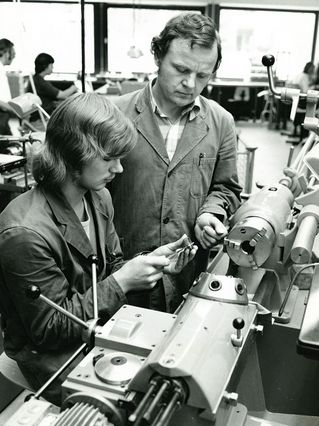
On April 2nd the community workshops on Quellenhofweg are opened, with workplaces in industrial and craft areas. The separation of living and working, accompanied by educational and therapeutic services, is a further step towards the "normalisation principle".
1979
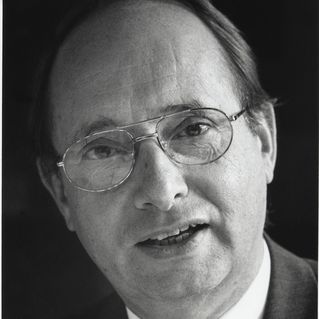
Johannes Busch (1932-2019) is appointed head of the institution and chairman of the board on December 16th. He is tasked with expanding the change processes that have been initiated at Bethel in the face of increasingly tight finances. New forms of housing are created and the first community-based care concepts are implemented.
1982
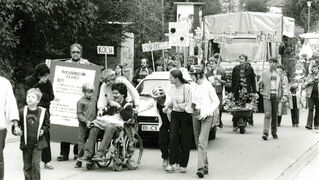
When the vocational training centre starts work on August 1st, 120 training places are available for young people with epilepsy and organic brain disorders. Vocational training is offered in the metal and textile industries as well as home economics and horticulture.
1985
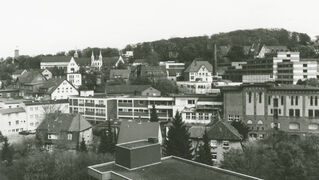
Since March 1st Bethel has been responsible for psychiatric care for the entire area of the city of Bielefeld. This also includes geriatric psychiatry and addiction treatment. Child and adolescent psychiatry and forensic psychiatry will continue to be provided by facilities of the landscape association Westfalen-Lippe.
Around 1990
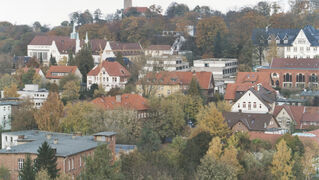
Around 1990 the number of places at Bethel rose to around 6000. People now live in modern forms of housing and have the chance to take advantage of individual vocational development opportunities and leisure activities. Couples can live together. There are also the first care facilities close to home.
1994
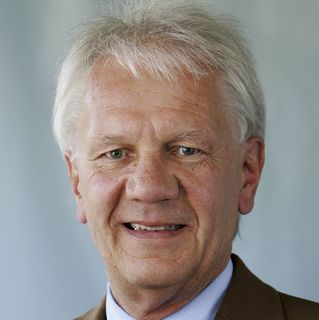
Friedrich Schophaus is inaugurated as head of the institution and Chairman of the Management Board on December. 18th. His term of office includes extensive management and structural reforms. In addition Bethel's work in the regions is expanded, particularly in the Ruhr area, Berlin-Brandenburg and north of Hanover.
1997
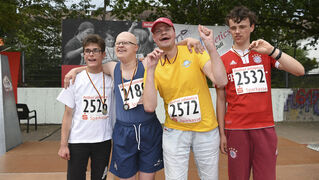
On June 28th a sports festival for people with disabilities will take place in Bethel: Bethel athletics. It was organised by the Movement and Sports Therapy Service in collaboration with Bielefeld schools and the university. They were inspired by the Special Olympics in Bielefeld a year earlier.
1997

A new order of service is introduced in Sarepta. Intensive discussions about the future direction of diaconal science had preceded this. From now on new sisters receive a salary and pay a sisterhood contribution. All sisters wear a sign to express their Christian community.
1998
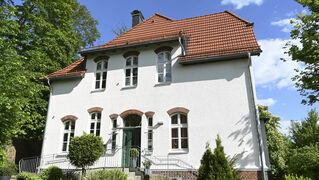
On June 17, the House of Confidence will be inaugurated as an inpatient hospice in Bethel. Full-time staff and numerous volunteers have been supporting seriously ill and dying people since 1988 in the 'Bethel Hospice Support Working Group,' which was transformed into an association 'Hospice e.V., Bethel' on September 1, 1993. Since January 2025, the hospice and hospice association have been housed in a newly constructed building at Quellenhofweg 90.
2000
Radio Antenne Bethel starts broadcasting in the town of Bethel on November 4th. Previously there had been a hospital radio station in Bielefeld since 1968. From 1970 the organisation's studio was located in Bethel. The station could soon also be heard in Rosenhöhe and in numerous houses in Bethel.
2002
A new organisational structure is being created, which had already begun in parts of Bethel in 2000. The previous system of sub-organisations is now also being dissolved. Further foundation and corporate divisions are created, each with its own management, independently of the localities.
2002

The Bethel year starts in summer 2002 with an initial 25 positions for young men and women. Bethel has had itself recognised as a provider of a Voluntary Social Year (FSJ) in order to make a good voluntary service possible, even with a decreasing period of civilian service.
2004
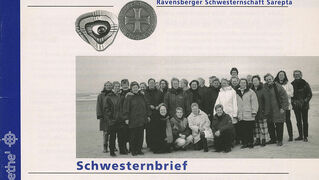
The merger of the Sarepta Diaconal Sisterhood and the Ravensberg Sisterhood is implemented on January 1st. They now call themselves the Sarepta Sisterhood. At a closed meeting of the entire convention on the island of Juist in November 2002, the decision was made to join forces.
2005
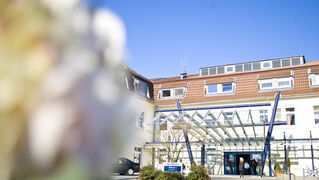
The Bethel Protestant Hospital (EvKB) is created by merging the Bethel Gilead Clinic and the Ev. Johanneswerk Hospital in Bielefeld. The new EvKB is the largest hospital in North Rhine-Westphalia. Since 2019, the EvKB has been part of the University Hospital OWL.
2006
On October 20th 84 students start at the new Bethel-based Diakonie University of Applied Sciences: an educational programme offered by diaconal companies and organisations and the diaconal work of the Protestant Church in Germany. The degree programmes are designed to qualify students for specialist and management roles in the church and diaconia.
2007
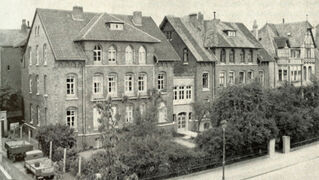
With retroactive effect from January 1st Bethel is taking over various elderly care facilities, vocational schools and other schools as well as an outpatient care service from the diaconal institution Birkenhof in Hanover. Thanks to Bethel's commitment, the services offered by Birkenhof, which was founded in 1879, can be secured.
2008

Ulrich Pohl has been Chairman of Bethel's Management Board since February 1st. Under his leadership, the range of support services continues to change in the direction of outpatient and community-based care. The aim is to strengthen Bethel's corporate identity at its numerous locations.
2010
On January 1st the institutions change their name to v. Bodelschwingh Foundation Bethel. This includes the three foundations Bethel, Sarepta and Nazareth, and since 2011 also the Hoffnungstaler Foundation Lobetal.
2017
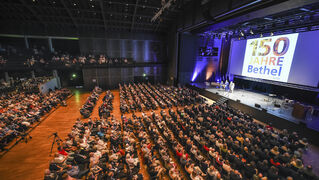
The anniversary year "150 years of Bethel" is being celebrated with festivities, conferences and events at all Bethel locations. The anniversary programme includes two televised services on ARD and ZDF from the Zion Church. Federal President Frank-Walter Steinmeier also visits Bethel.
2022
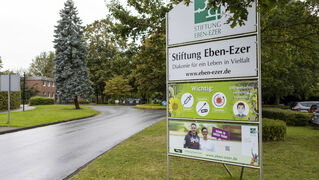
On January 1st the Eben-Ezer Foundation, based in Lemgo, Lippe, joins the v. Bodelschwingh Foundation Bethel network. This makes it the fifth foundation alongside the four Bethel, Sarepta, Nazareth and Lobetal foundations. All five foundations are managed by a joint board of directors.
Today

Today the v. Bodelschwingh Foundation Bethel is committed to helping disabled, sick, elderly or disadvantaged people in eight federal states. With over 24.000 employees, Bethel is one of the largest diaconal organisations in Europe, with various outpatient services, residential facilities, workshops, schools and training centres, clinics and hospices. The employees put their heart and expertise into caring for, supporting, counselling and treating around 270.000 people every year.